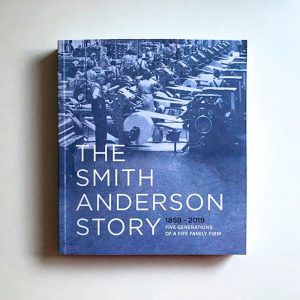Our History
The Smith Anderson Story
The story of Smith Anderson is a remarkable tale of enterprise and innovation that dates back to 1859.
2017
The company starts a Joint Venture in Poland with Huhtamaki to make fry bags and satchel bags for the QSR sector in the Eastern European countries.
2015
The company opens its new 1600 pallet warehouse at the Kirkcaldy site in June 2015,
The company invests in an American Absolute machine to make SOS bags for Quick Service Restaurant and Coffee shops – SA now have 12 machines that can make SOS bags.
2011 – UK’s largest paper bag manufacturer
Smith Anderson purchase Rosslyn Commerce Park for an undisclosed sum. This 120,000 sq ft ‘state of the art’ single storey facility is customised for ‘lean’ paper bag manufacture over the next 18 months, to house over 45 bag making machines. The fully integrated range of bags ensures Smith Anderson remain the UK’s largest paper bag manufacturer, focussing on their core visions of innovation, quality and service.
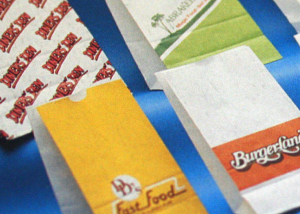
2008 – 2 billion paper bags per year
After a very challenging time since mid-2006 the Packaging Company is ‘hived up’ into The Group to form a single entity, whose primary function is the production of 2 billion paper bags per year.
2006 – Prevailing against very tough odds
Smith, Anderson & Co Ltd known as Fettykil Paper Mill falls into receivership, with the loss of 160 jobs. The demise of the paper making arm of the Group is blamed on a meteoric rise in energy costs within the UK not matched in Europe. This is a very sad and challenging time for the entire group originally established in 1859. The Packaging Company prevails against very tough odds.

2000
During 2000 the Group transfers its bag manufacturing, packaging, import factoring and printing businesses to a new 100% wholly owned subsidiary – Smith Anderson Packaging Limited.
1999 – Warm Welcome to Express Envelopes
To round off the 20th Century, Smith Anderson made the acquisition of Express Envelopes based in the Midlands to enhance the speed of delivery of orders to the UK and leading stationery markets.
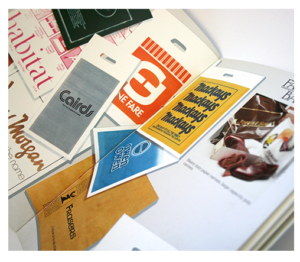
1996 – Cost effective imported products
Import Factoring of polythene bags is developed with a new distribution base at Houghton Regis to meet the needs of the new superstores and major retailers using cost effective imported products.
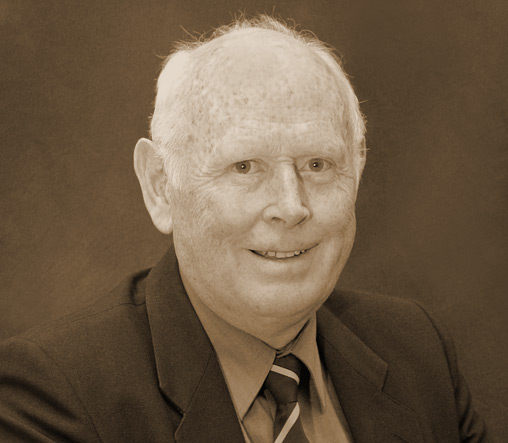
1936 – David Verden-Anderson
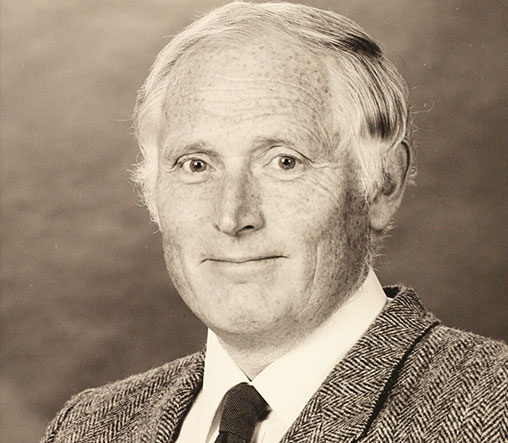
1932 – 1989 William John Verden-Anderson
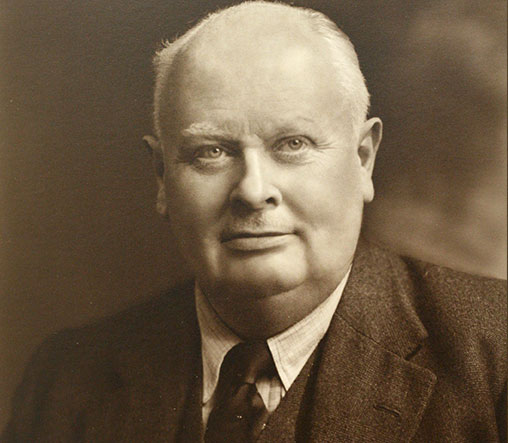
1899-1982 Eric Verden-Anderson
1980s – Renovations
The 80s saw a period of continued investment, transforming the Paper Mill into a truly modern and efficient production unit. Both No 2 and No 4 MG Machines were rebuilt to enable the company to compete with the very best mills in Europe.
Investment then focussed on the development of waste processing which allowed the mill to remain at the forefront of production technology.
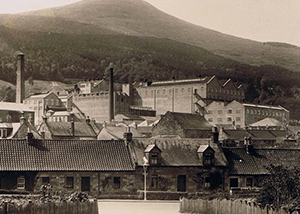
1968 – St John’s Works
Smith Anderson’s expanding paper bag production is further developed with the purchase of St John’s Works, Falkland, formerly a linoleum factory, five miles north of Leslie.
1960s – Period of Consolidation
The 1960s saw a period of consolidation in the UK paper industry following the introduction of EFTA (European Free Trade Association) and the new competitive pressures from Scandinavia. Smith Anderson’s expertise in recycling developed during the war years enabled them to survive and indeed grow through their ability to use waste as a major source of raw material and to capitalise on the growth in demand for its integrated production of paper bags.
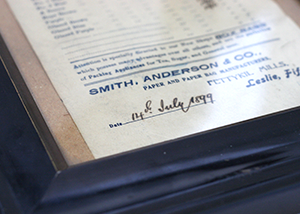
1880s-90s – Rapid Growth
Under Charles Anderson’s inspired management the company grew rapidly utilising modern water turbines making Smith Anderson one of the first British companies to utilise electricity as a power source. A new purpose built bag factory was completed incorporating the first automated bag producing machines designed by Charles Anderson who was known as both an entrepreneur and an inventor.
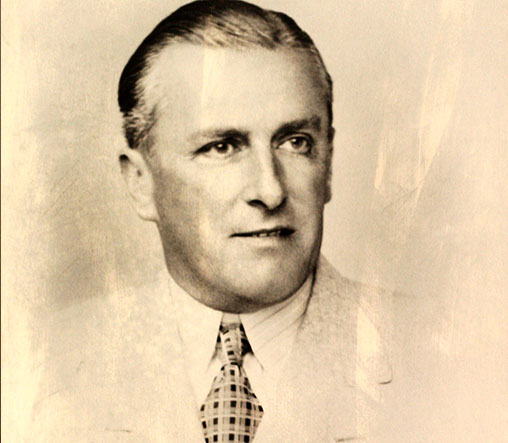
1877 – 1939 John Cameron Anderson
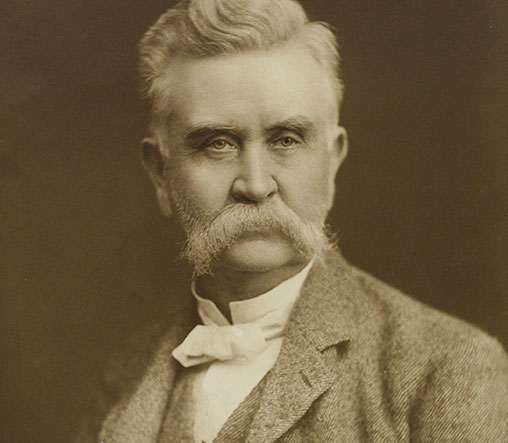
1833 – 1907 Charles Anderson
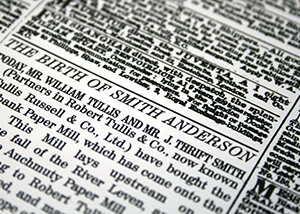
1859 – Birth of Smith Anderson
W Tullis and J Smith, who brought in Charles Anderson, a young lawyer from Edinburgh to manage the business, purchased Levenbank Paper Mill and it’s two paper machines. The total capital of £6000 was divided into three equal shares of £2000.
From 1813 – Smith Anderson’s Leslie location can trace its history as far back as 1813 when it is known that around 50 people were involved in the production of flax lint. By the end of the 1840’s paper was being produced at the Mill and it was renamed Levenbank Paper Mill.

